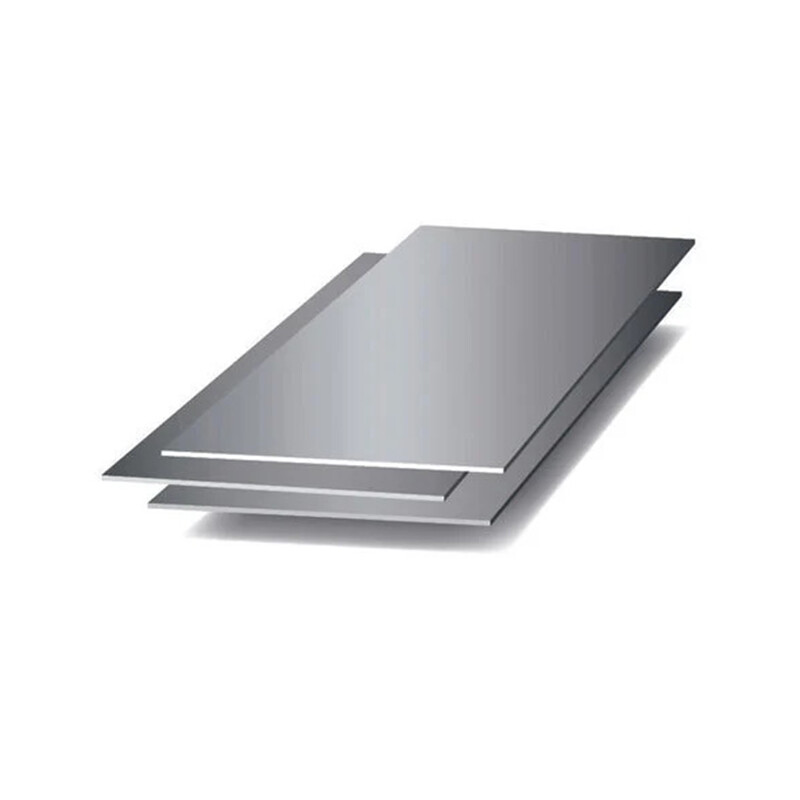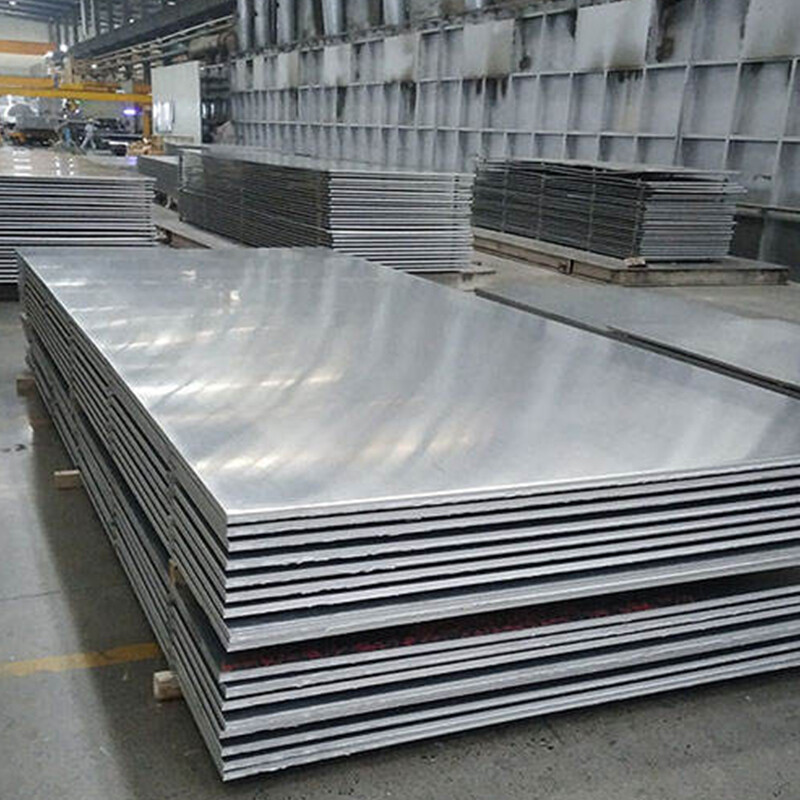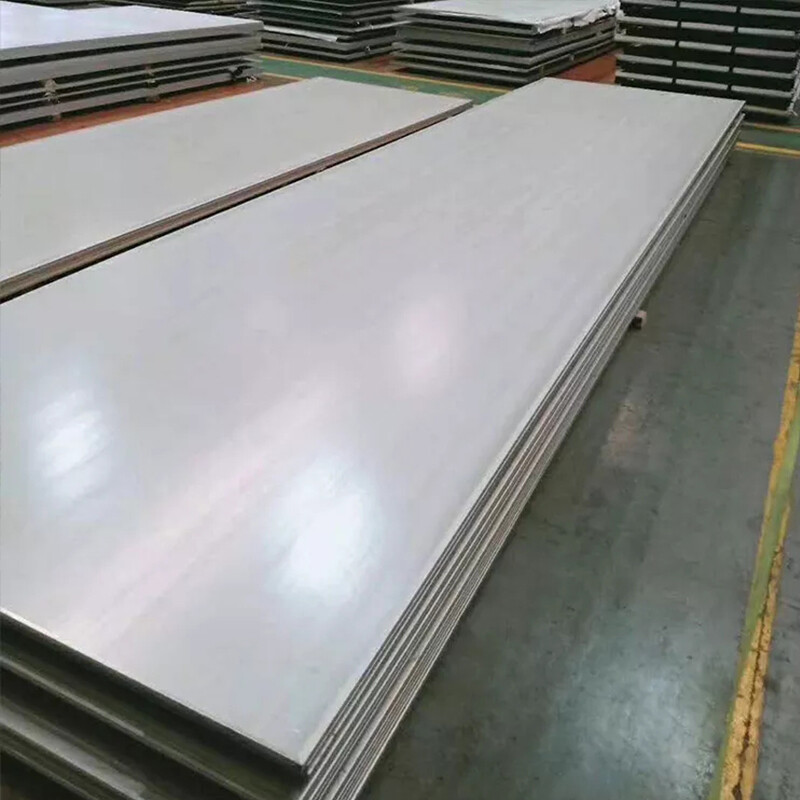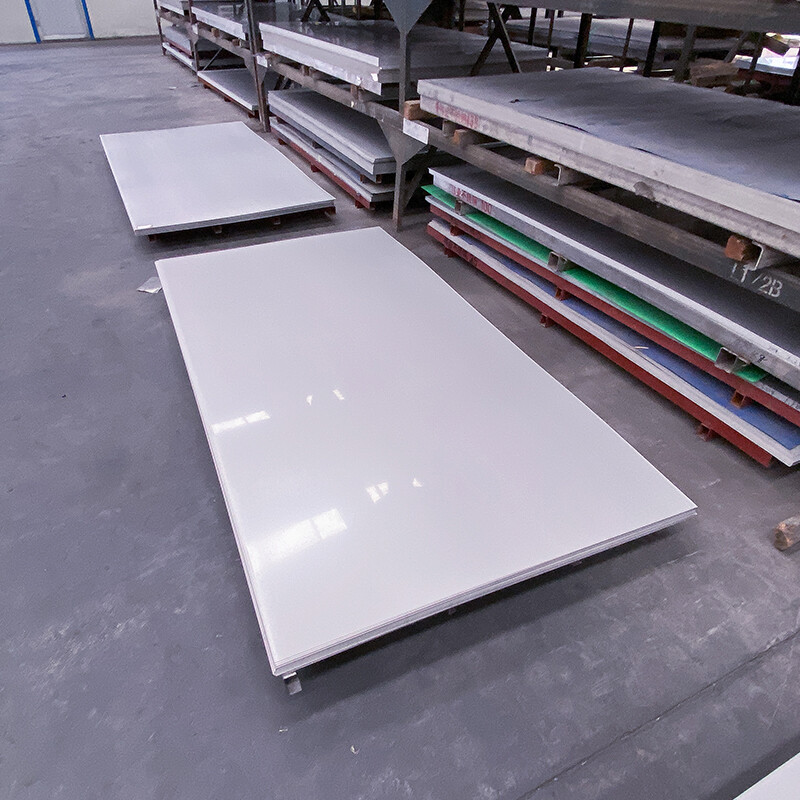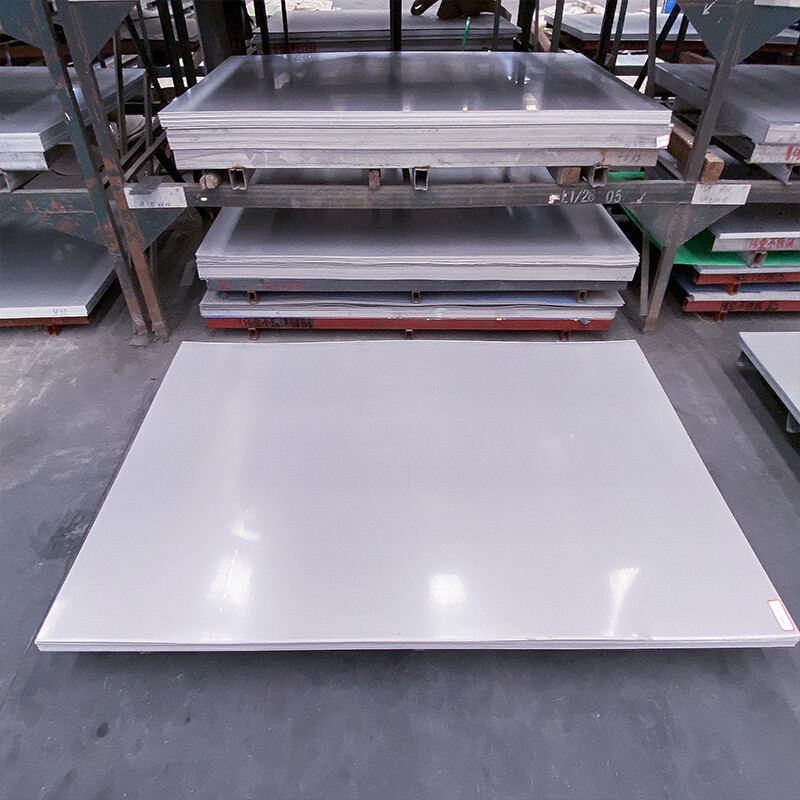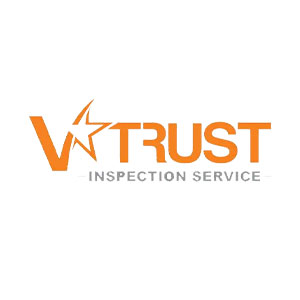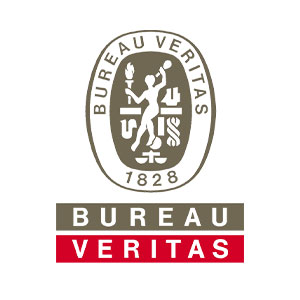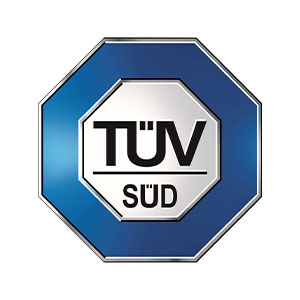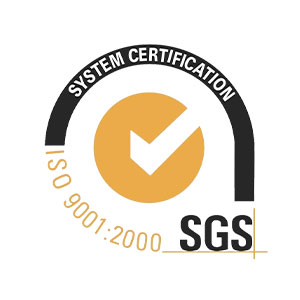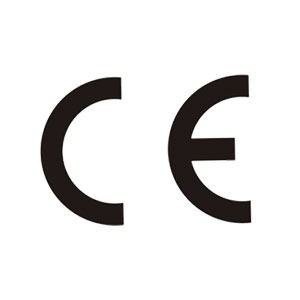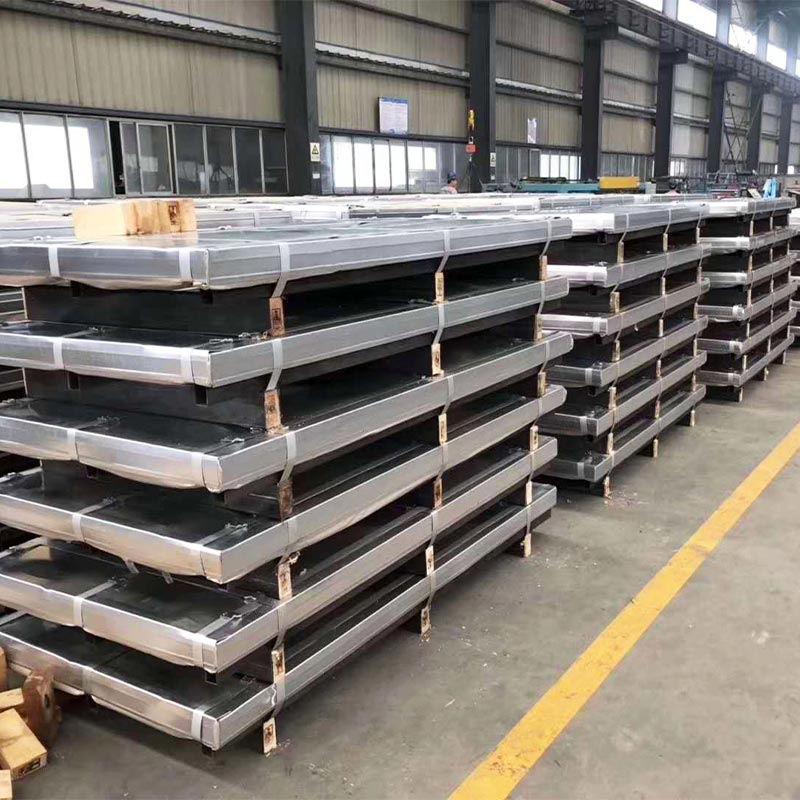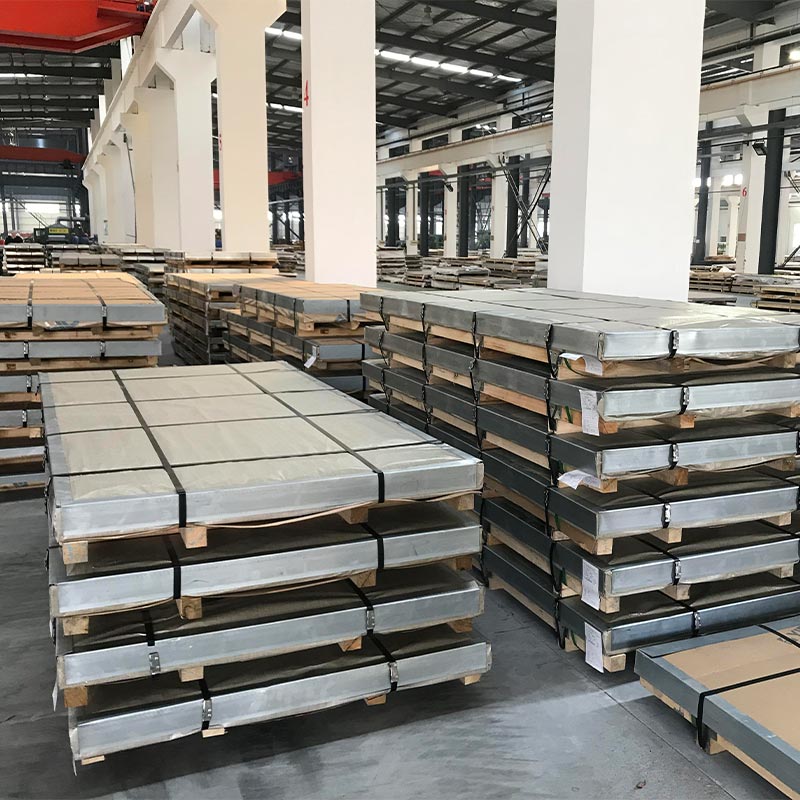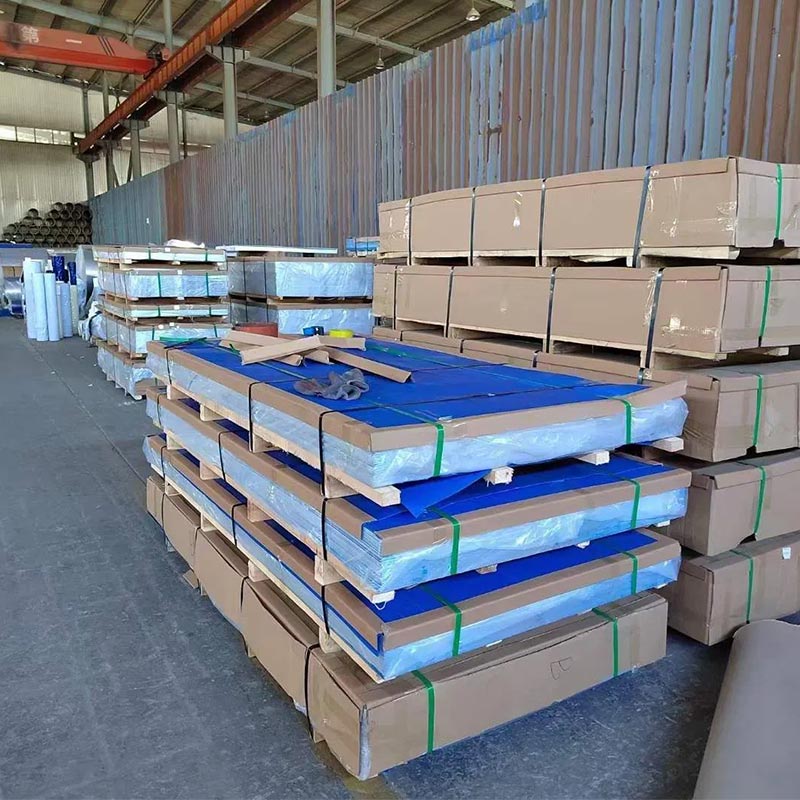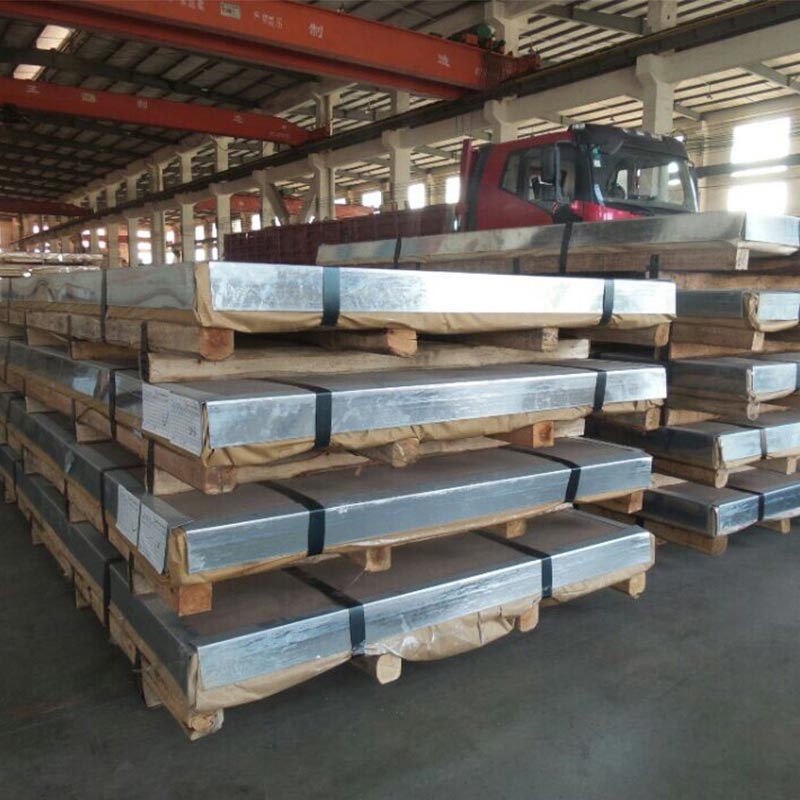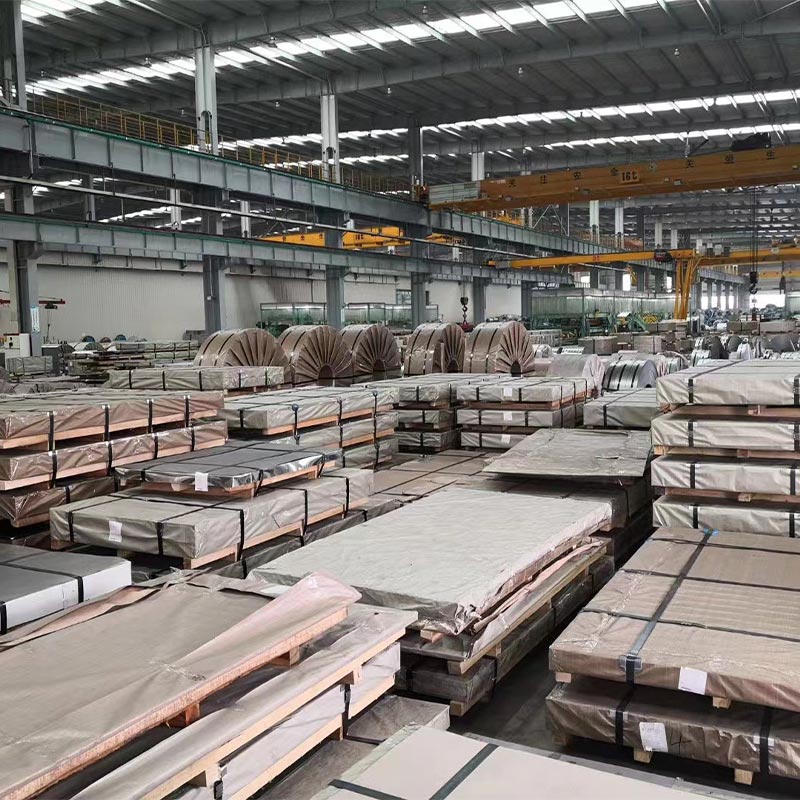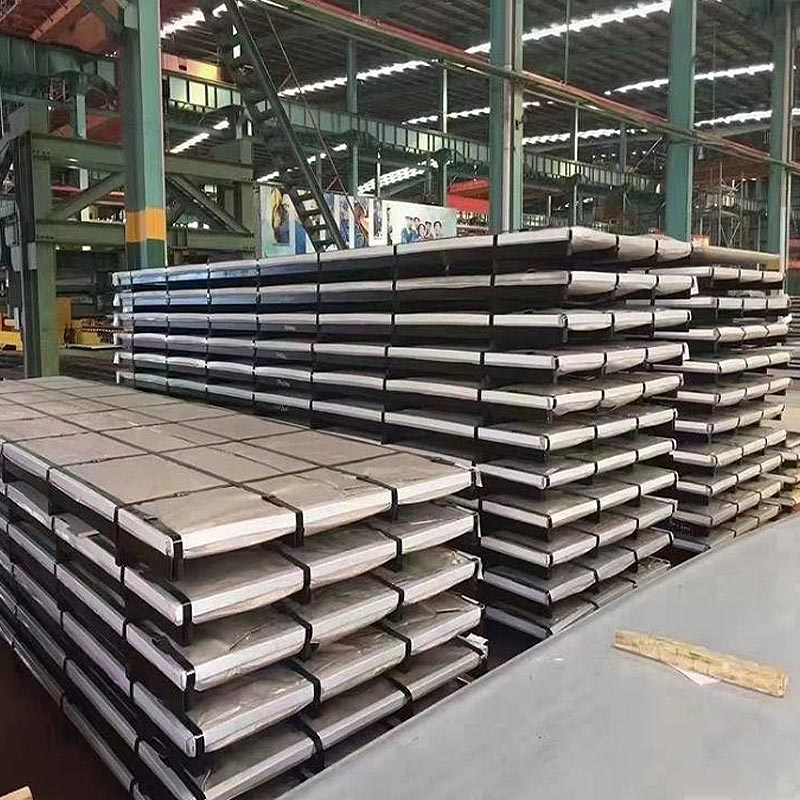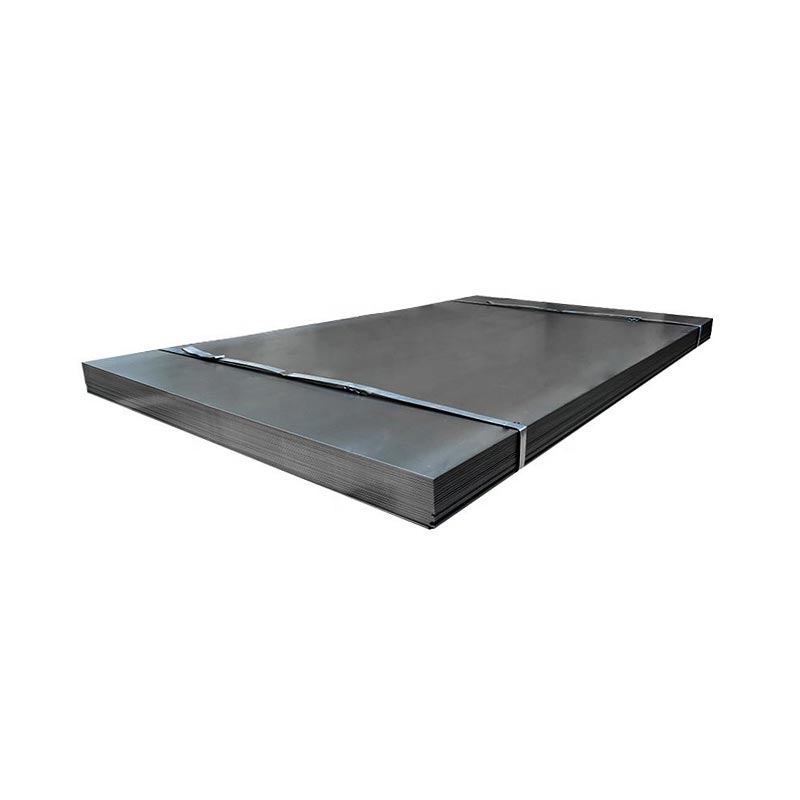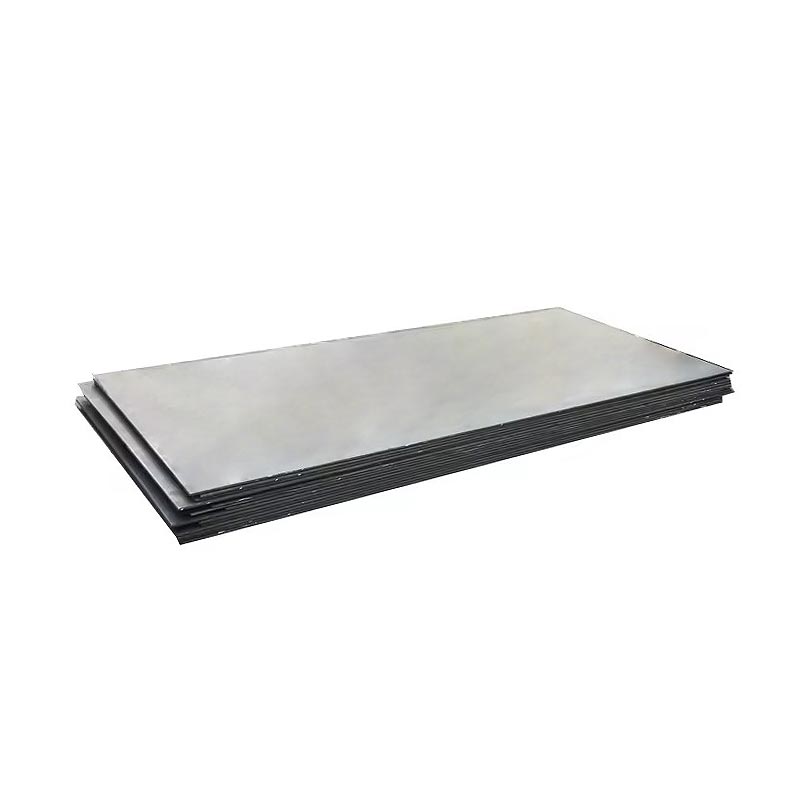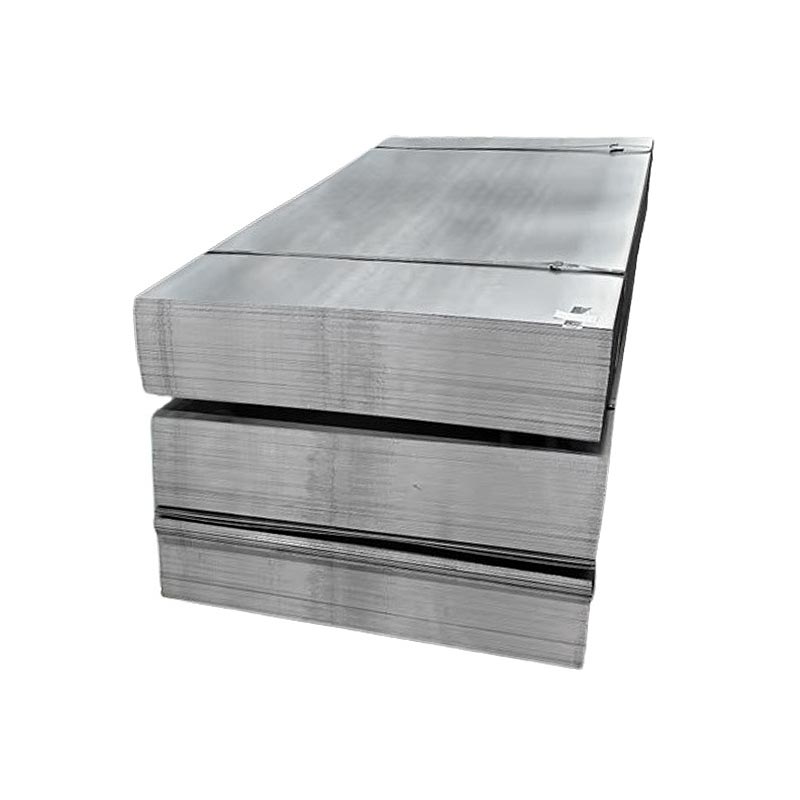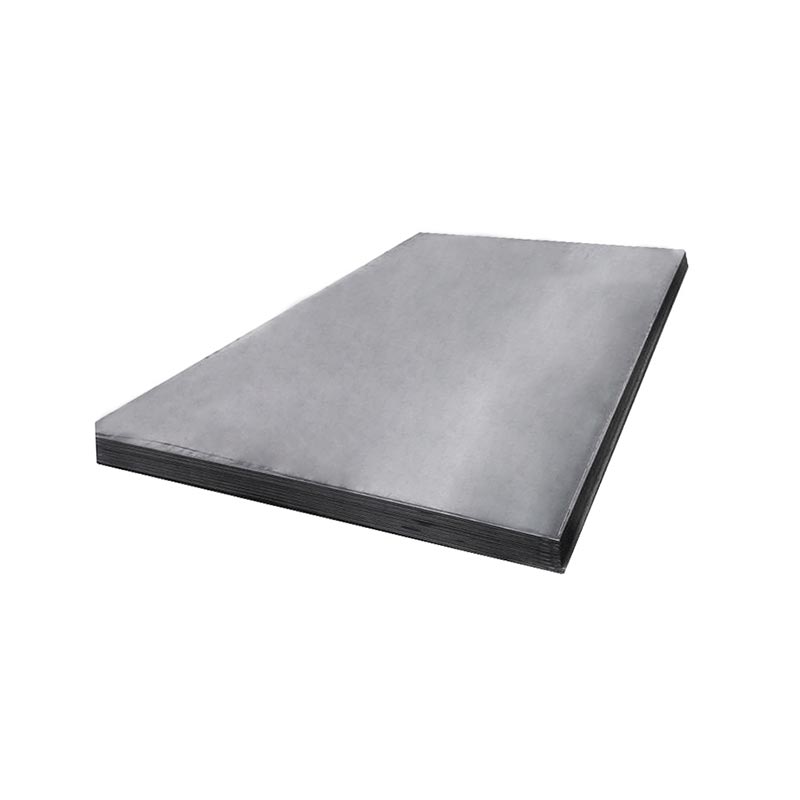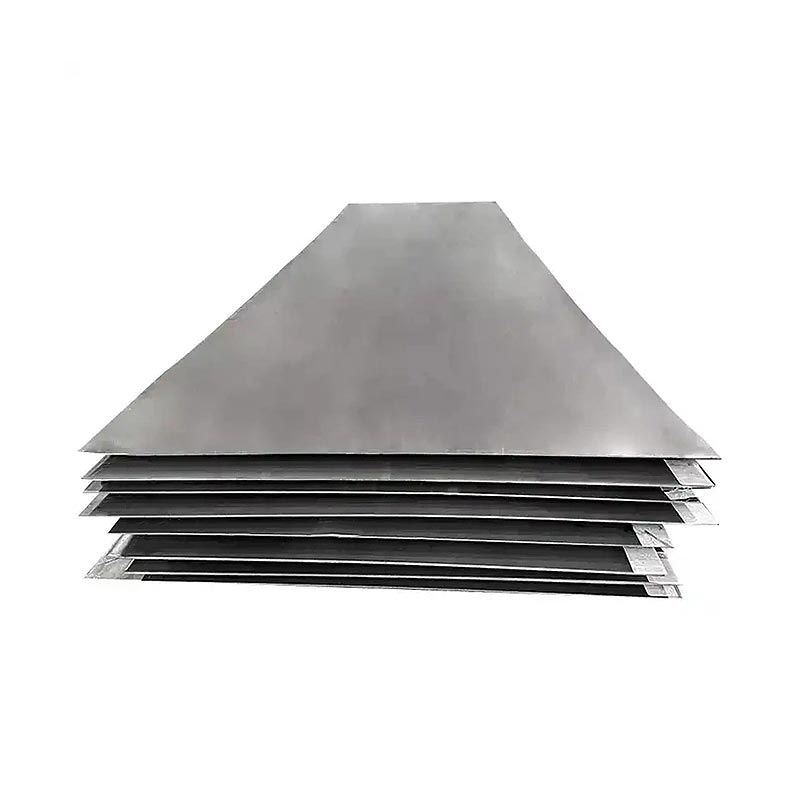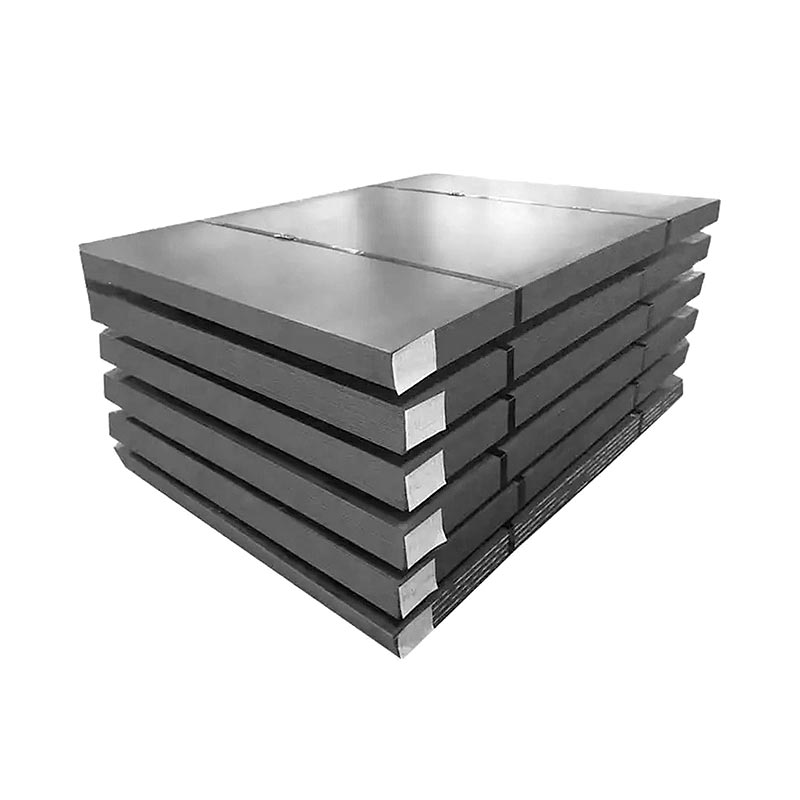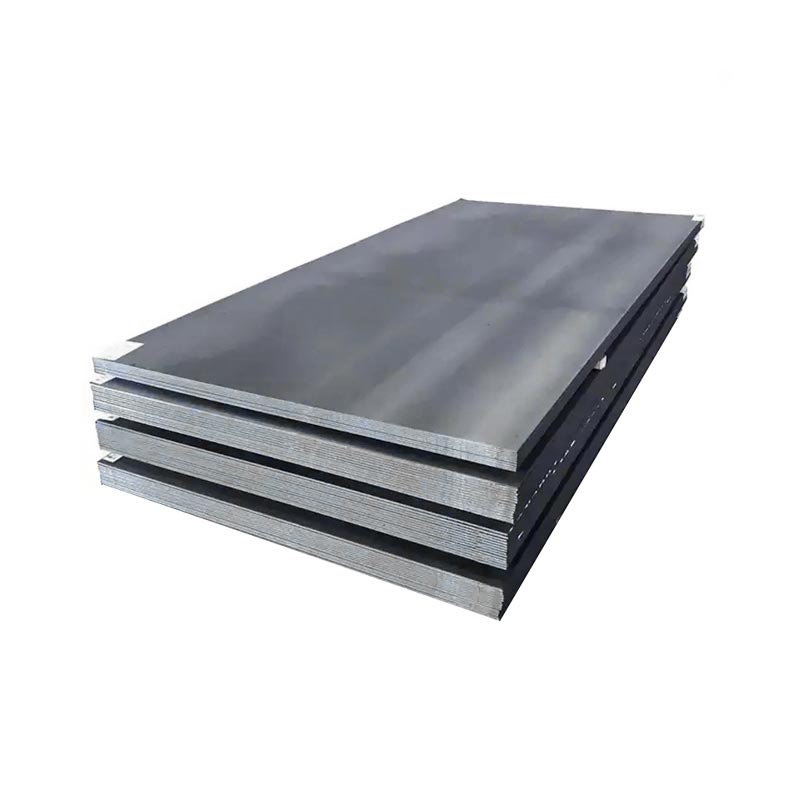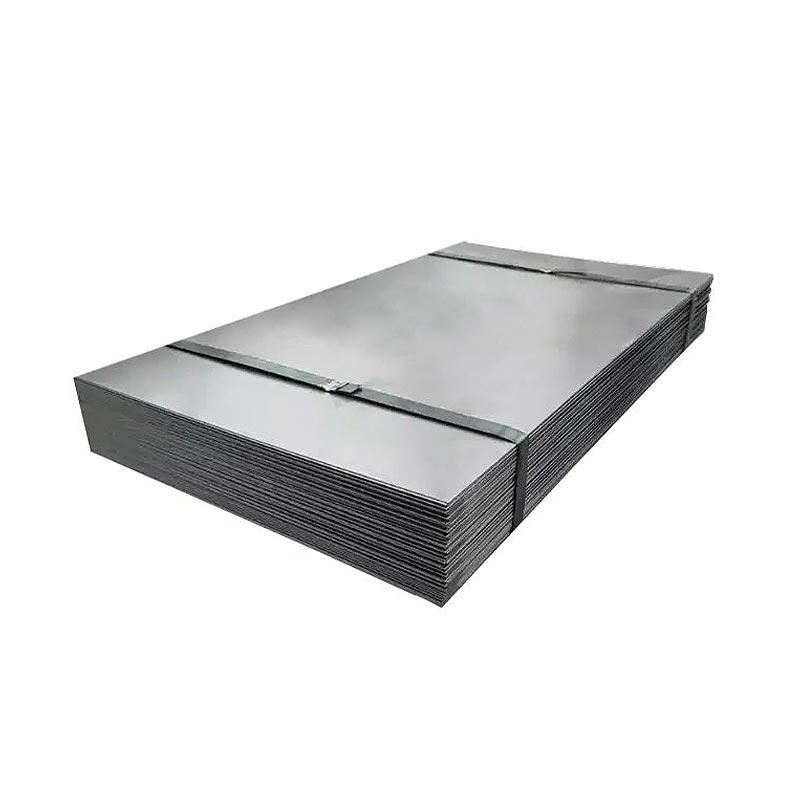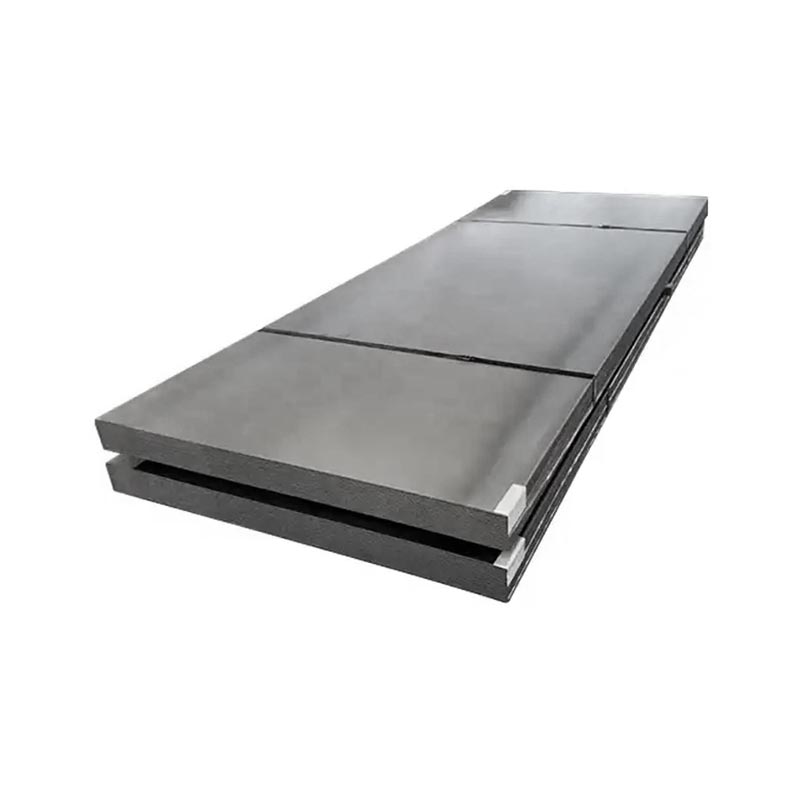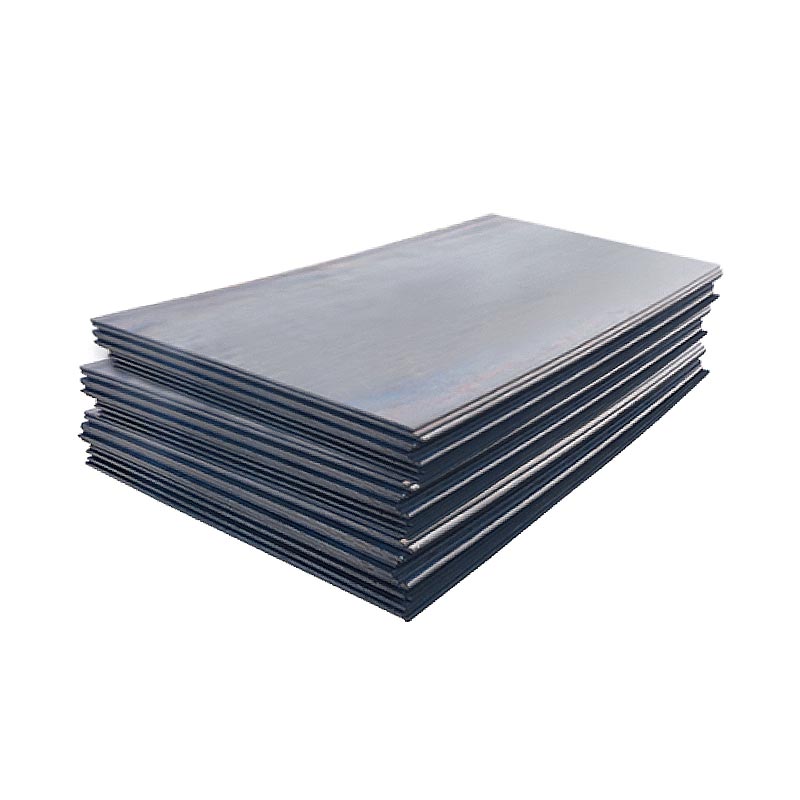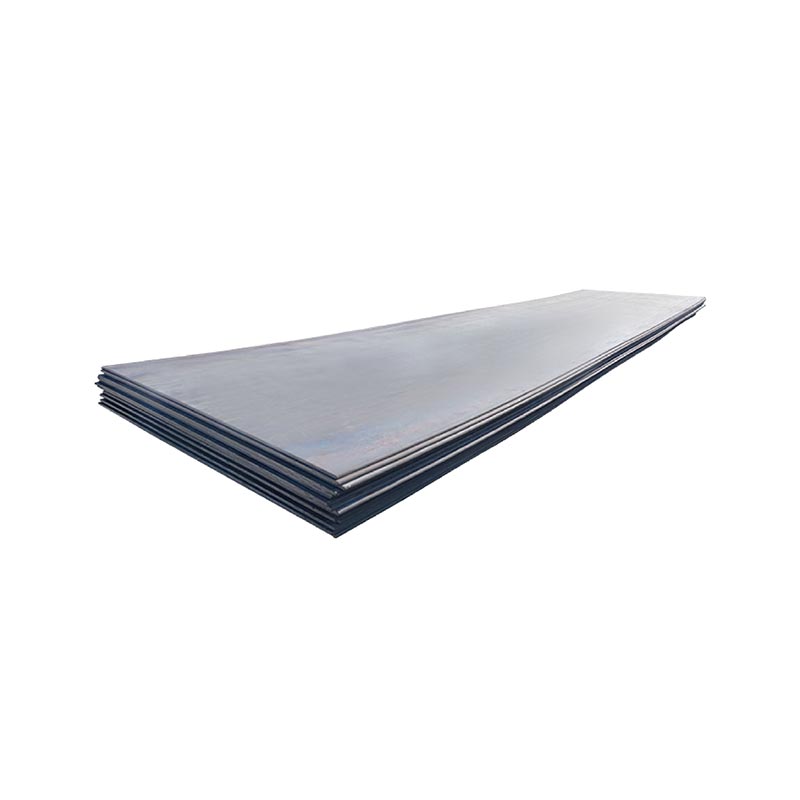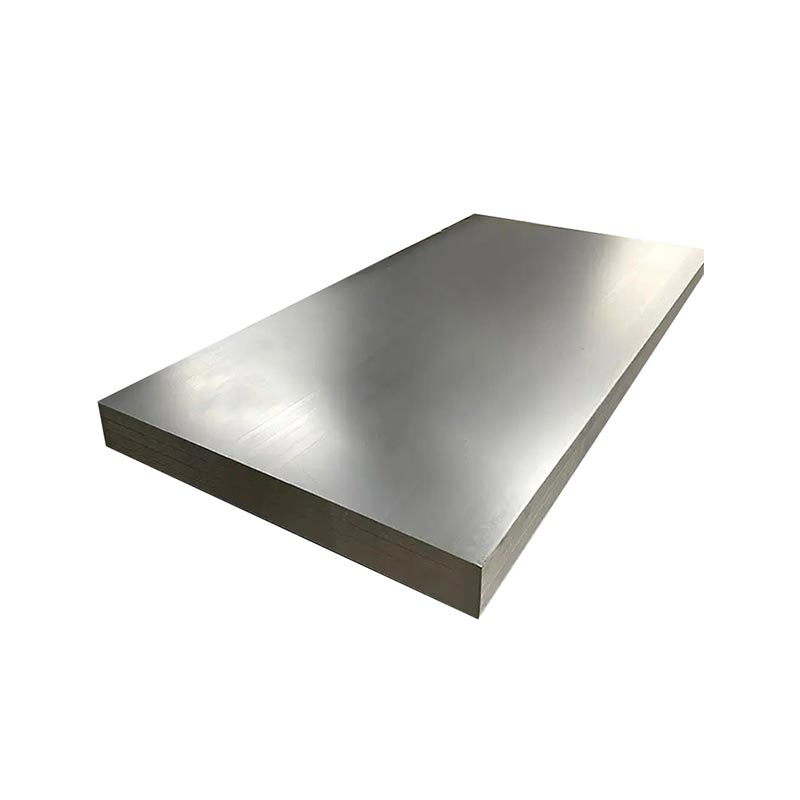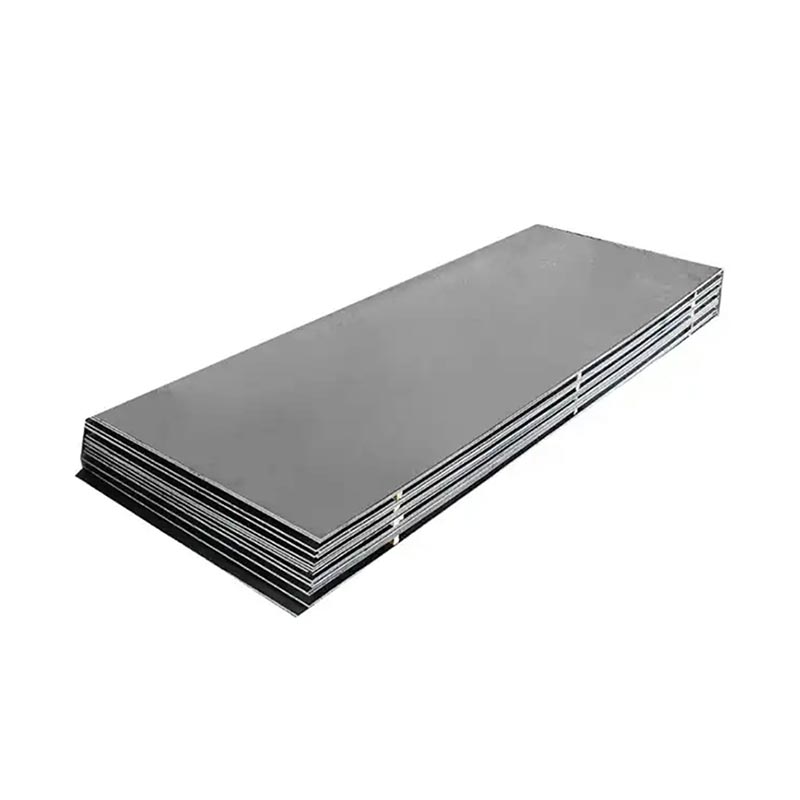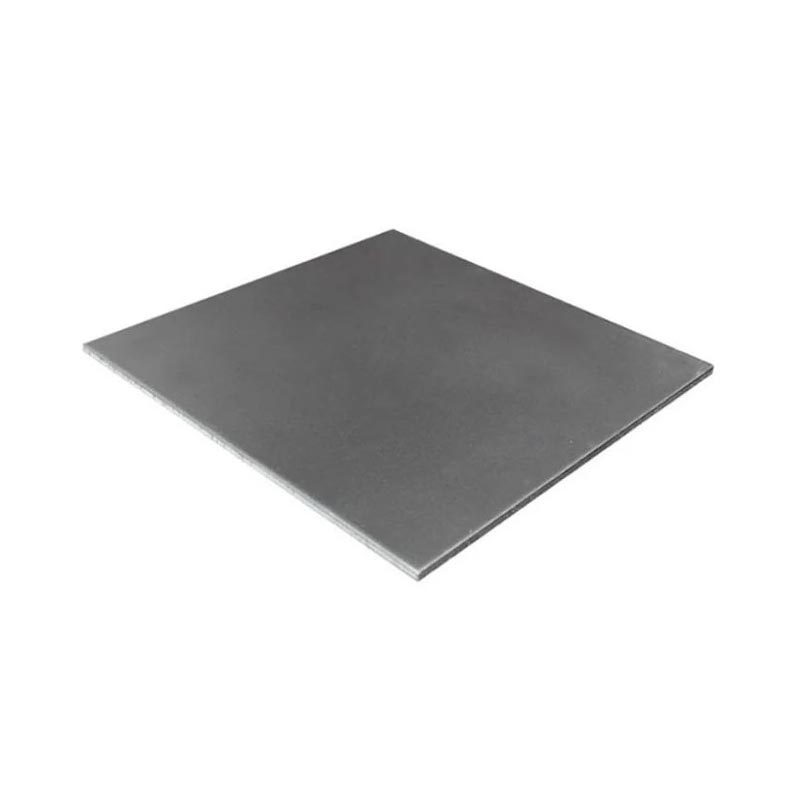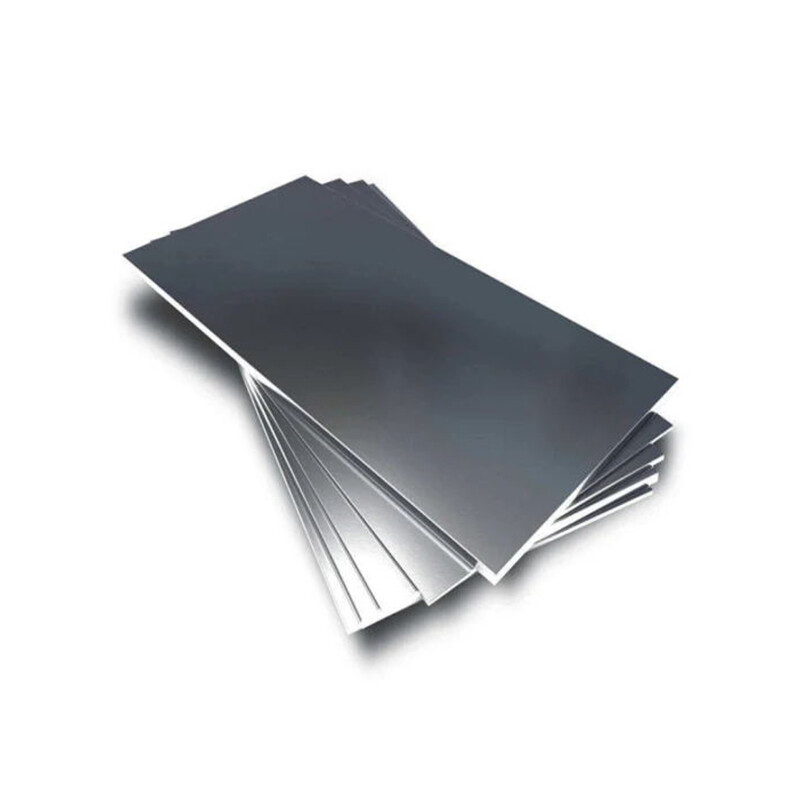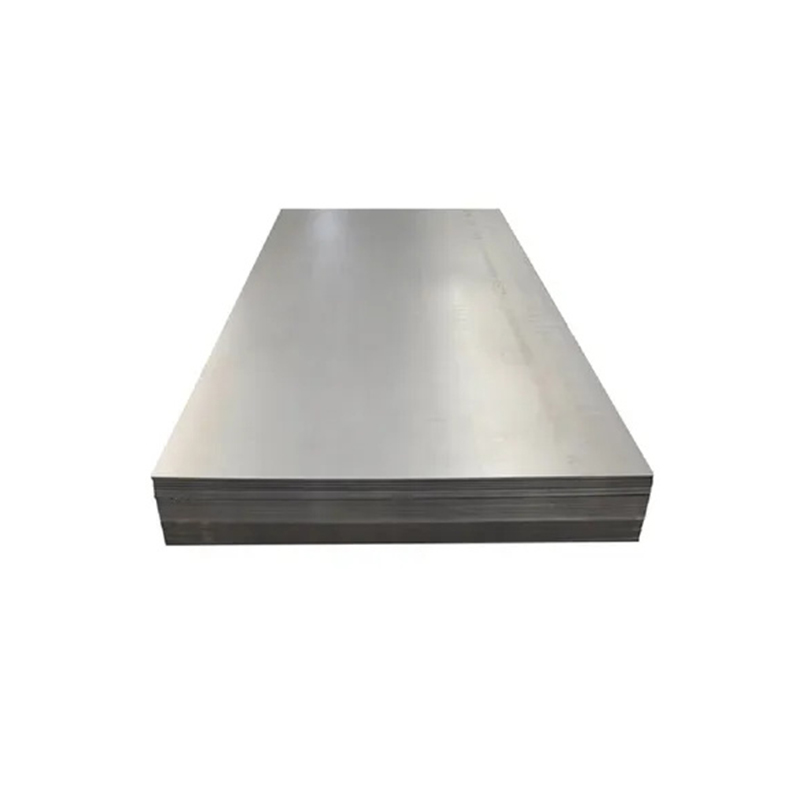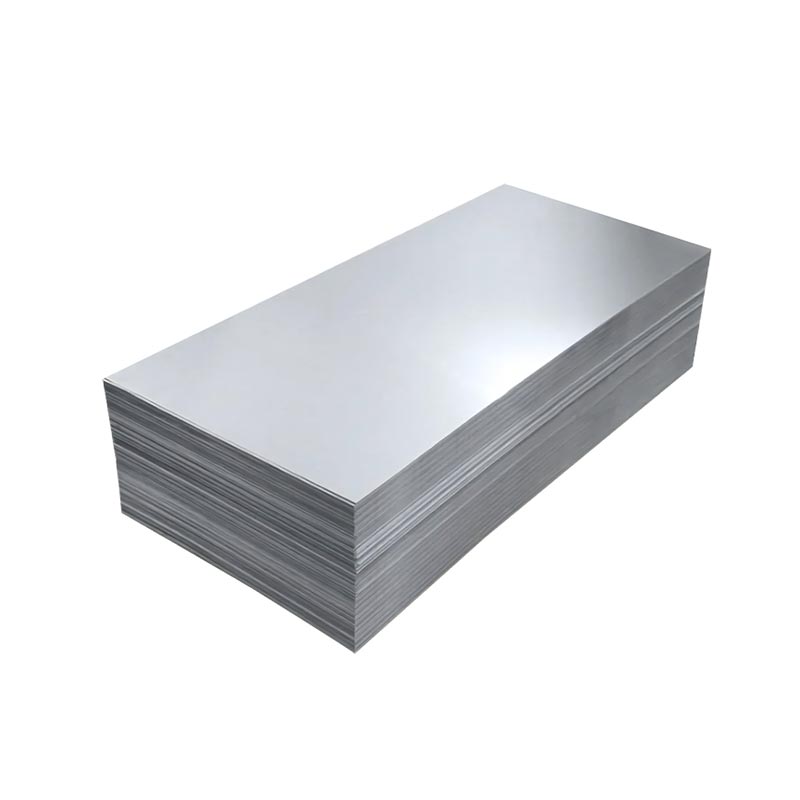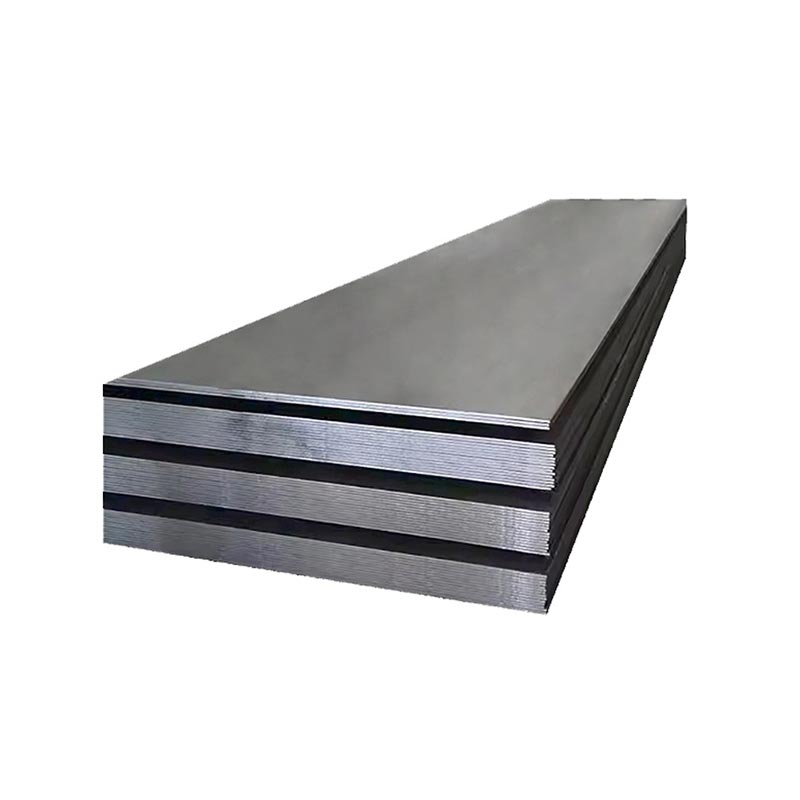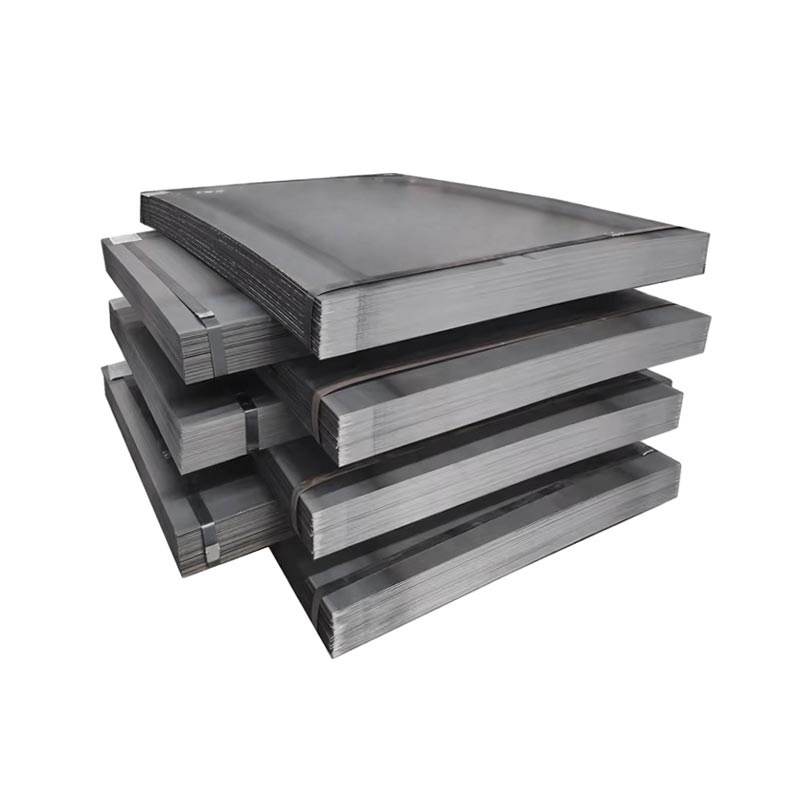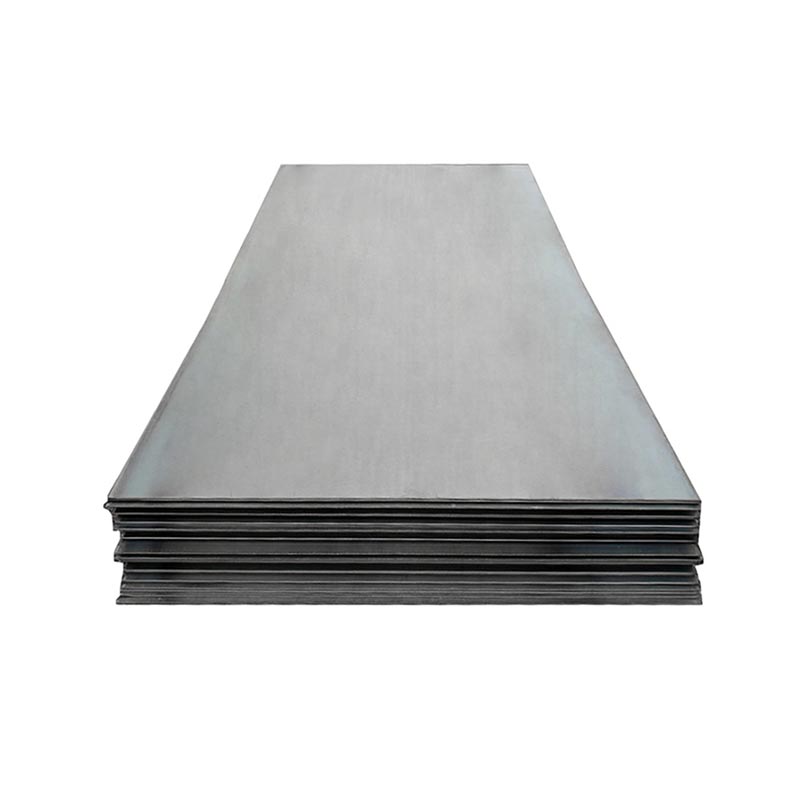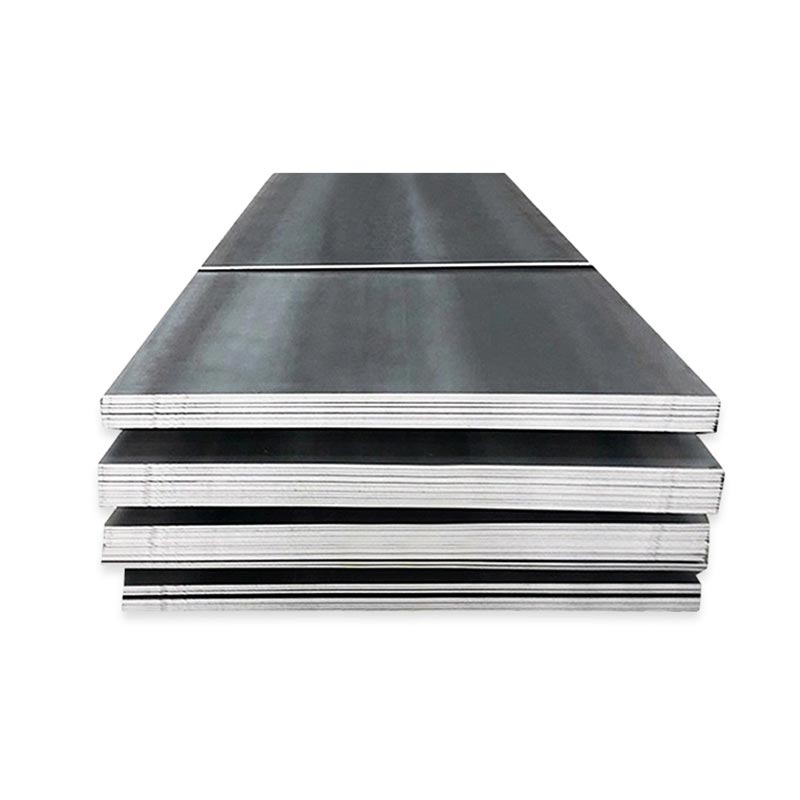Carbon Steel Plate
● A carbon steel plate is a flat sheet made from carbon steel, an alloy primarily composed of iron and carbon, with minimal other elements. It’s categorized by carbon content: low (≤0.25%), medium (0.25–0.6%), and high (>0.6%).
● Low-carbon plates offer ductility and weldability, ideal for construction or automotive parts. Medium-carbon variants balance strength and toughness, used in machinery. High-carbon types are hard but brittle, suited for tools or springs.
● Common grades include A36, S235JR, and A572. These plates vary in thickness, width, and finish, serving industries like construction, manufacturing, and energy for structural, industrial, or fabrication needs.
View Video
SS400/SS490/SS540 Cold Rolled Steel Plate
JIS G3101 SS400, SS490, SS540 are structural cold-rolled steel plates with graded strength. SS400, the most common, offers basic strength for general structures. SS490 has higher tensile strength, suited for medium-load components. SS540, strongest, handles heavy loads. All have good weldability/formability, used in construction, machinery, and fabrication—strength increasing with number to match varied load demands.
Get A Quick Quote!
You Can Leave Us A Message
or Send Us An Email!
Product Details
Product Parameters
Packaging and Transportation
Related Products
Leave Us Message
Please give us a message
What are you lookking for?

